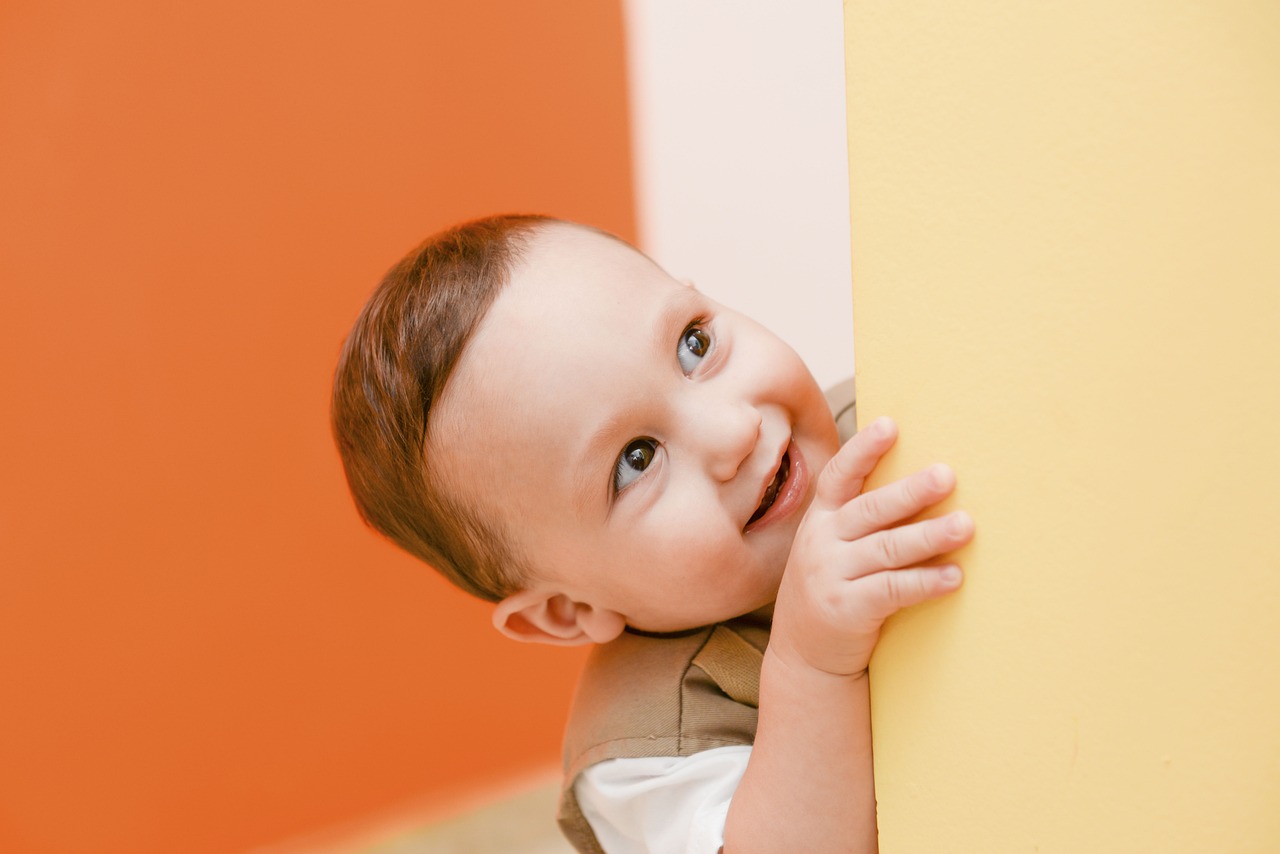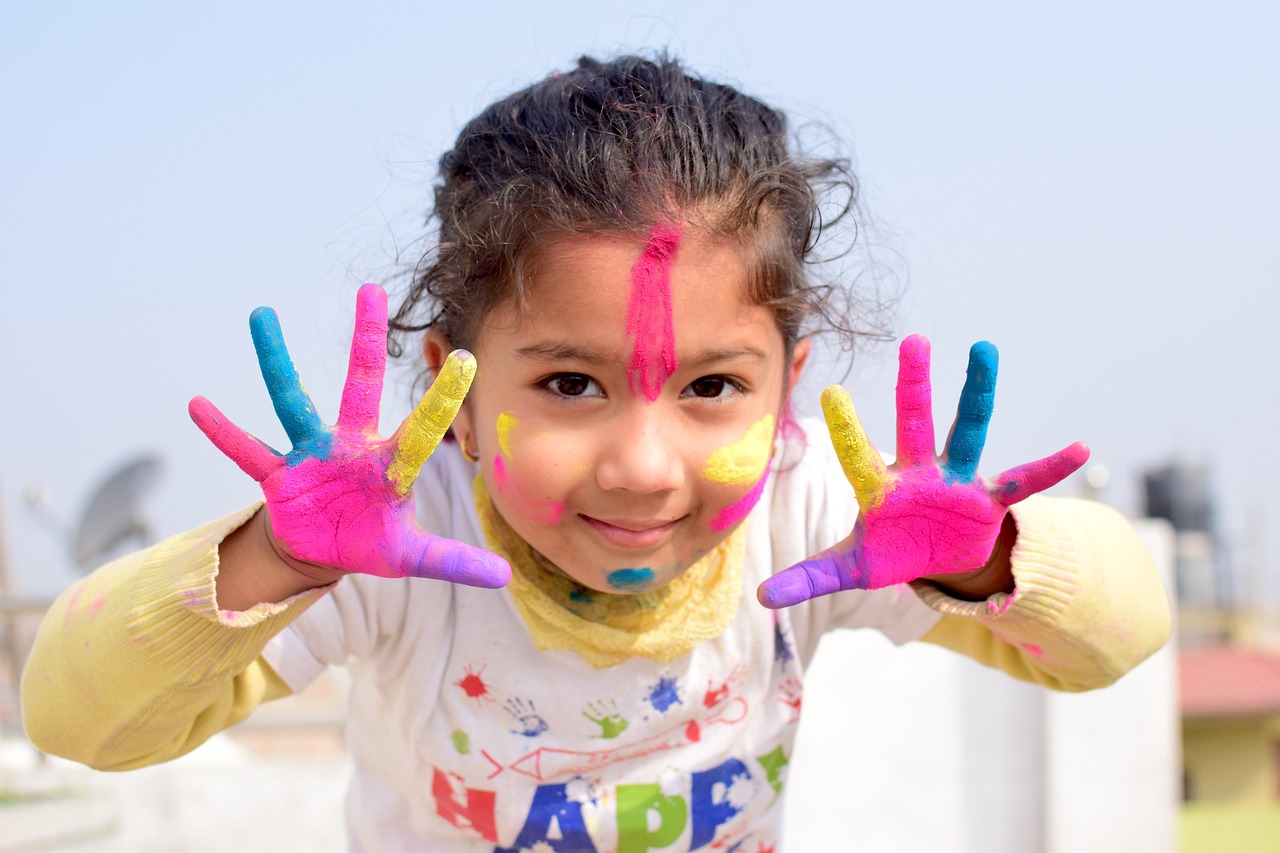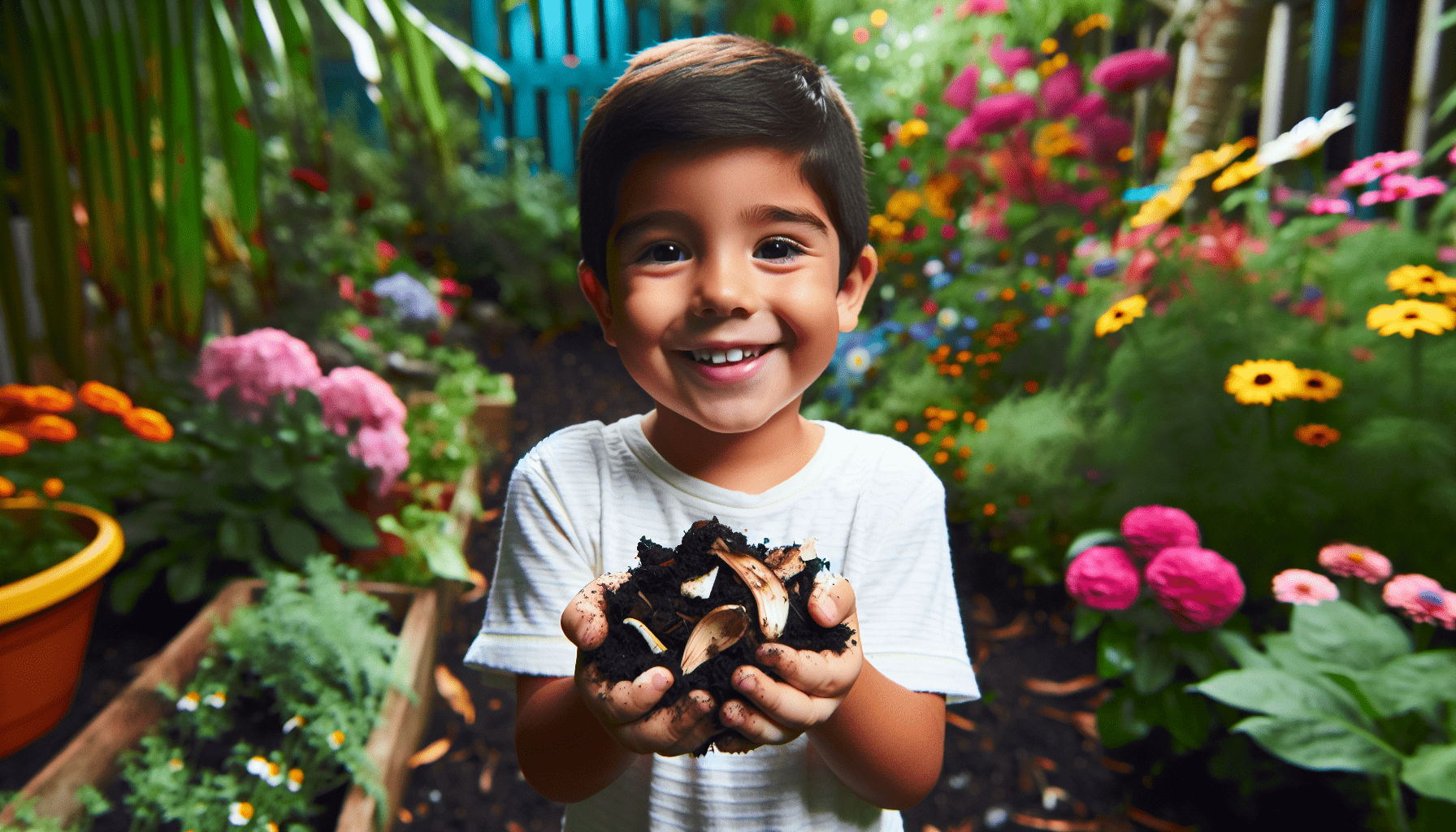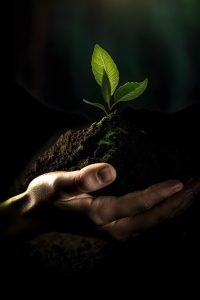Welcome to our fun and educational guide on “How Do I Compost With Children?” In this article, we explore the exciting and rewarding journey of composting with our little ones. We delve into practical tips, engaging activities, and the many benefits of turning kitchen scraps into nutrient-rich soil together. With hands-on techniques and a touch of creativity, we transform composting into a wonderful family adventure that teaches our children about sustainability and the wonders of nature. Join us as we discover how to make composting a joyful and enriching experience for the whole family! Ever find yourself wondering, “How do I compost with children?” If so, we are here to help you explore this rewarding and educational family activity. Composting is a fantastic way to teach our children about nature, responsibility, and the importance of sustainability. It may seem like a daunting task at first, but with a few simple steps, we can turn composting into a fun and engaging experience for the whole family.

Understanding Composting: The Basics
Before we dive into the specifics of composting with children, it’s essential that we understand the basics of composting. Composting is the natural process of recycling organic matter, such as leaves and food scraps, into a valuable fertilizer that can enrich soil and plants. This process relies on the right balance of ingredients, moisture, and oxygen.
What is Compost?
Compost is decomposed organic material that results from the breakdown of waste products. When properly managed, compost becomes a nutrient-rich additive for soil, often referred to as “black gold” by gardeners.
Why Compost with Children?
Composting with children offers numerous benefits beyond the obvious environmental perks. It fosters a sense of responsibility, teaches science and environmental stewardship, and connects kids to the earth and the cycle of life. Plus, turning food waste into something valuable can be incredibly empowering for kids.
Setting Up the Composting System
To start composting with our children, we need to first set up a system that is both effective and kid-friendly. Here’s how we can do it:
Choosing a Composting Method
There are several composting methods to choose from, each with its unique set of instructions and benefits. When involving children, it’s best to keep things simple. Here are three kid-friendly composting methods:
| Method | Description | Pros | Cons |
|---|---|---|---|
| Outdoor Bin | A container where we can store compostable materials until they break down. | Simple to set up, large capacity, interactive for kids. | Requires regular maintenance, takes up space, may attract pests. |
| Compost Pile | An open pile where we gather compostable materials. | No cost, easy to begin, visible process for children. | Less contained, less aesthetic, may attract pests. |
| Worm Bin | A bin filled with worms that eat and decompose organic waste. | Fascinating for kids, educational, can be kept indoors. | Limited capacity, requires worm care, can be intimidating initially. |
Selecting the Right Location
The location of our composting system is crucial. We need a spot that is convenient, accessible to our children, and appropriate for the chosen method. For an outdoor bin or pile, a shaded area of the backyard is ideal. For an indoor worm bin, a cool, dark corner in the kitchen or garage works well.
Gathering Supplies
To start composting with our children, we’ll need a few essential supplies:
- Compost Bin or Pile: Depending on our chosen method.
- Organic Waste: Kitchen scraps, yard waste, paper products.
- Composting Tools: A small shovel or pitchfork for turning the compost, gloves, and a watering can.
- Worms (if using a worm bin): Red wigglers are the best type for composting.
The Composting Process: Step-by-Step
Now that we have our system set up, it’s time to start the composting process. Here’s a step-by-step guide to help us and our children get started.
Step 1: Collect Compostable Materials
We begin by collecting compostable materials. This is an excellent opportunity to teach our children about what can and cannot go into the compost bin.
Compostable Materials (Green and Brown)
| Green (Nitrogen-rich) | Brown (Carbon-rich) |
|---|---|
| Vegetable and fruit scraps | Dried leaves |
| Coffee grounds and filters | Paper towels, napkins, and cardboard |
| Eggshells | Shredded newspaper |
| Grass clippings | Small branches and twigs |
Items not suitable for composting include meat, dairy products, oils, and pet waste, as these can attract pests and create odors.
Step 2: Layer the Materials
Teach our children the importance of layering both green and brown materials in the compost bin for a balanced composting process. A good rule of thumb is to alternate between layers of green and brown materials.
Step 3: Moisture Management
Like us, compost needs the right balance of moisture to thrive. Show our children how to check the moisture level by squeezing a handful of compost material—it should be as damp as a wrung-out sponge. If it’s too dry, add water; if it’s too wet, add more brown materials.
Step 4: Turning the Compost
Turning the compost provides oxygen, which is necessary for decomposition. Encourage our children to help with this task by using a small shovel or pitchfork to mix the compost every couple of weeks.
Step 5: Patience and Observation
Composting is a slow process that requires patience. Encourage our children to observe the changes in the compost over time. They can keep a compost journal, taking notes on what they see and adding drawings or photos.
Making Composting Fun and Educational
To keep our children engaged, we can turn composting into a fun and educational activity. Here are a few ideas:
Compost Crafts
Involve our children in creating compost-related crafts. For example, they can decorate the compost bin or make garden signs indicating “Compost Area.”
Science Experiments
Use composting as an opportunity to conduct simple science experiments. For example, compare the decomposition rates of different materials by placing them in clear containers and observing over time.
Garden Integration
Incorporate composting into our gardening activities. Teach our children how to use compost to enrich the soil in our garden. Planting seeds and watching them grow in compost-enriched soil is extremely rewarding.
Composting Games
Create games to reinforce composting knowledge. For instance, we can have a sorting game where our children categorize different items into “compostable” and “non-compostable” piles.

Troubleshooting Common Composting Problems
Even the best composting efforts can encounter issues. Here’s how we can troubleshoot common compost problems with our children:
Odor Issues
If our compost starts to smell bad, it’s likely too wet or has too many green materials. We can fix this by adding more brown materials and turning the compost to increase oxygen flow.
Pests
Pests can be a concern with outdoor compost bins. Make sure we are not adding meat, dairy, or oily foods. Securing the bin with a lid can also help keep pests out.
Slow Decomposition
If compost is taking too long to break down, the pile might be too dry or lack nitrogen. Add water if it’s dry and mix in more green materials to speed up the process.
Benefits of Composting with Children
Composting with kids isn’t just a fun activity; it holds deeper, long-term benefits:
Environmental Stewardship
Teaching our kids to compost instills a sense of responsibility towards the environment. They learn the valuable lesson of how our actions impact the earth.
Independence and Responsibility
When children participate in composting, they develop a sense of ownership and responsibility. Managing a compost bin encourages them to take care of their environment.
Healthier Eating Habits
Collecting food scraps for the compost bin can also encourage healthier eating habits. Children may become more aware of the types of foods they consume, opting for more fruits and vegetables.
Family Bonding
Composting together strengthens family bonds. It’s a collaborative effort that requires teamwork, communication, and shared goals.

Composting Activities for Different Age Groups
Different age groups can participate in composting in various ways. Let’s tailor our approach to ensure every age group can contribute meaningfully.
Toddlers (Ages 2-4)
For the youngest members of our family, focus on simple, supervised tasks. They can help by:
- Adding food scraps to the compost bin.
- Watering the compost pile.
- Observing and touching different compost textures (under supervision).
Preschoolers (Ages 4-6)
Preschool children can take on more responsibilities like:
- Sorting compostable materials.
- Helping to layer green and brown materials.
- Turning the compost with a small, child-friendly shovel.
Elementary School Kids (Ages 6-10)
Older children can better understand the science behind composting:
- Keeping a compost journal.
- Conducting small experiments.
- Teaching them about the decomposition process and the life cycle.
Preteens and Teens (Ages 10+)
Preteens and teenagers can handle more complex tasks and even lead the composting project:
- Managing the entire compost bin, including monitoring and troubleshooting.
- Researching and implementing new composting techniques.
- Teaching younger siblings about composting.
Additional Resources and Community Involvement
We can expand our composting journey by utilizing external resources and getting involved in community initiatives.
Books and Educational Materials
Plenty of books and online resources can further our children’s understanding and excitement about composting. Check out titles like “Compost Stew” by Mary McKenna Siddals or “Garbage Helps Our Garden Grow” by Linda Glaser.
Composting Workshops
Look for local workshops or community events about composting. These can be great opportunities for our children to learn from experts and meet other like-minded families.
School and Community Gardens
Encourage our children’s school to start a composting program or get involved in a local community garden. These initiatives reinforce the lessons learned at home and contribute to the broader community.

Conclusion
By asking ourselves, “How do I compost with children?” and diving into the process, we find that composting with our little ones isn’t just about recycling organic waste—it’s about nurturing a deeper connection with the environment, fostering responsibility, and creating lifelong learning experiences. Through understanding composting basics, setting up a suitable system, making the process enjoyable, and addressing challenges together, we can make composting an integral and joy-filled part of our family life. Let’s get our hands dirty and turn food scraps into valuable, nutrient-rich compost. Our garden, our planet, and our children will thank us.



